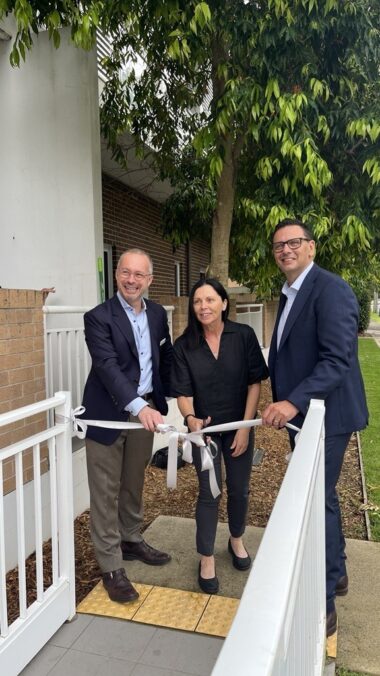Creative Australia has released a major report on the working lives of Australian artists that shows it is now harder than ever for professional artists to make a living. This is despite the fact they are highly educated, highly skilled, and that Australians deeply value their contribution.
Artists as Workers: An Economic Study of Professional Artists in Australia by David Throsby and Katya Petetskaya is the latest in a landmark study carried out over the past four decades by Professor Throsby and colleagues from Macquarie University, commissioned by Creative Australia.
The report presents new insights and longer-term trends on the lives and working conditions of artists. Creative Australia has also released a summary and response to the findings.
Artists as Workers underscores the resilience of artists in the face of challenges, from rising costs to increasingly precarious employment, along with complex challenges for copyright holders in an increasingly digitised environment.
CEO Adrian Collette AM said:
“Despite the fact Australians value the contributions of artists, the challenges artists face in earning a living have never been greater. This extensive economic study provides valuable insights into the current and future challenges for artists, while reinforcing the principles underlying the development of the National Cultural Policy Revive – that arts work is indeed real work. The report Artists as Workers reminds us what is at stake, underscoring the urgent need for support systems and fair remuneration that truly reflects the substantial value artists contribute to our society and economy.”
Professor David Throsby said:
“I’m pleased to present the latest in a comprehensive series of surveys spanning four decades. Over the years, we have studied the nature of artists’ work – and have seen already precarious employment conditions further impacted by significant disruption and change, from COVID-19 to more recent advances in digital and AI technology. My hope is this report will serve as a clarion call for informed discussion to promote measures that support the sustainability of artists’ careers into the future.”
Key insights:
The face of arts in Australia is changing:
- Women now outnumber men roughly two to one across almost all artistic occupations.
- The number of artists with disability has doubled since 2016;
- The number of artists who are multilingual and based in regional areas is also increasing
- However, barriers and disparities remain. For example, on average, women artists continue to earn 19% less than their male counterparts, a gap greater than the general workforce’s pay gap of 12% in 2023.
Artists are resilient, adaptable, and highly skilled professionals:
- Practising professional artists are highly educated, skilled and increasingly work across different art forms.
- Artists engage in ‘lifelong learning’, with 89% of artists across career stages currently engaged in some form of training (up from 72% in 2016).
- More than half of all artists (52%) work and apply their skills outside the arts, adding value in industries across the economy.
It is now harder than ever for artists to make a living:
- While the average income from creative work has remained similar, when adjusted for inflation, average costs to produce work have increased.
- Only 9% of artists work full-time solely on their creative practice (down from 23% in 2016), with the other 91% also undertaking arts-related work and non-arts work.
- Artists’ average total income (from all sources) is $54,500, 26% below the workforce average.
- Most artists (78%) work on a self-employed or freelance basis in their creative work, a long-term trend.
- At the same time, other work has also become more precarious: 59% are now working on a freelance or self-employed basis in arts-related work (up from 40%), and 56% in non-arts work (up from 26%).
Technological change and innovation pose both opportunities and challenges:
- 93% of artists use technology in the process of creating art, and 65% believe future technological changes will open new creative and income-earning opportunities for artists.
- At the same time, there are growing challenges for copyright holders to exert control over their work in an increasingly digitised environment.
Read the full report or explore the findings on the Creative Australia website.
Contact details:
Brianna Roberts, Media Manager, Creative Australia
Phone: (02) 9215 9030 / 0498 123 541
Email: [email protected]

